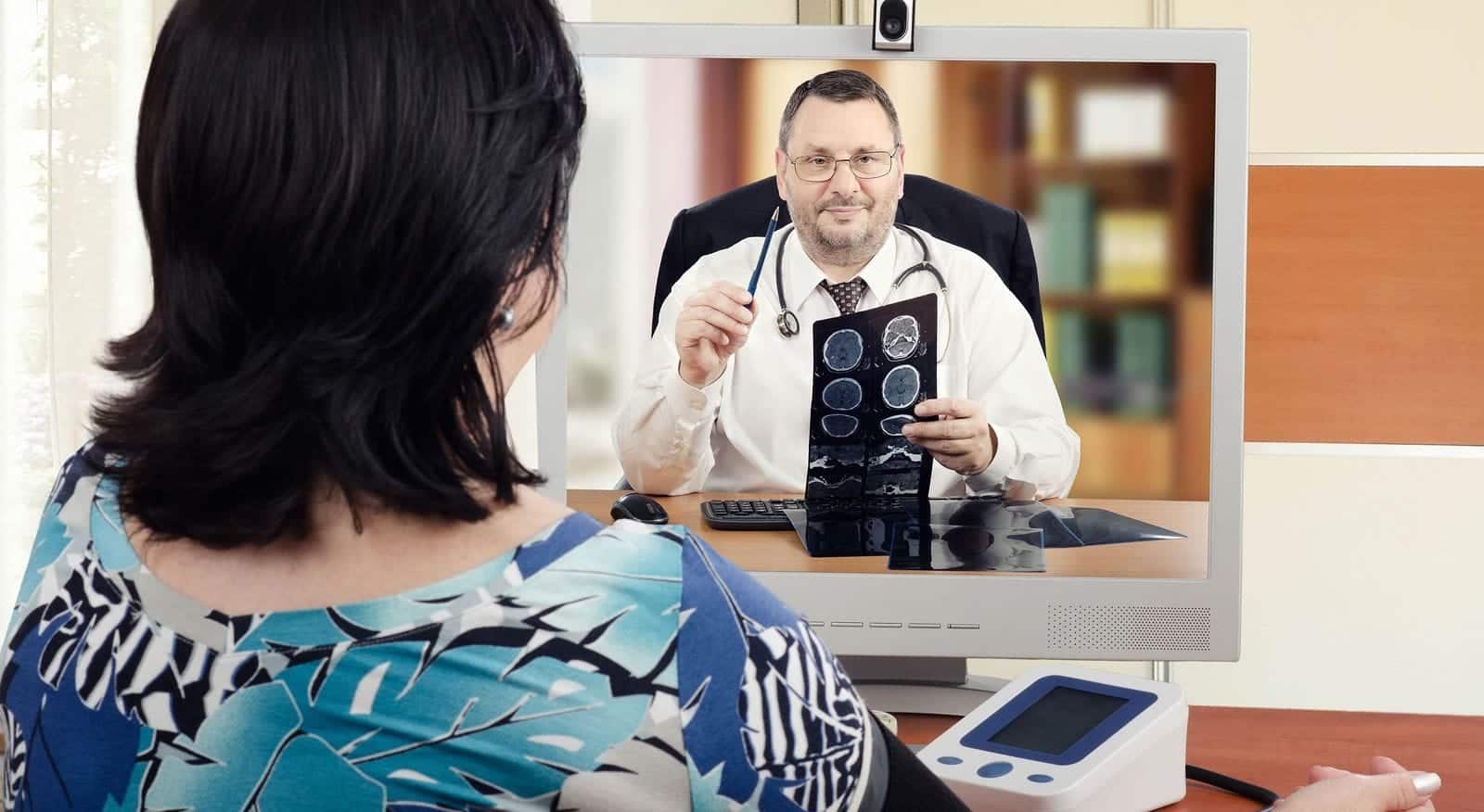Covid-19 shows glaring gaps in healthcare, the risks, and the urgency of immediate care that is almost a mountainous task to achieve given the huge numbers of patients and the few healthcare givers available. Some of these gaps can be bridged with simple telepresence solutions.
What Telepresence Is and How It Helps Healthcare
Telepresence differs from video conferencing in that you have full HD video with exceptional audio clarity plus the facility to exchange documents during an ongoing conversation. It is possible to hold a conference with many participants, broadcast audio-video messages, or engage in one to one talk, even during a conference and do it all in high quality. For healthcare, the high definition video is essential to let doctors view a patient’s condition in detail, examine diagnostic reports or medical scans where full HD shows the minutest details that can be zoomed into.
Telepresence solutions for healthcare may make use of a high-quality microphone and high-quality full HD zoomable video camera but the better solution these days is to use mobile phones equipped with 4K video capability for exceptional image quality. This gives flexibility to healthcare workers to relay pictures of patients to doctors and for patients to transmit images or videos that will give doctors a clearer picture that can be diagnosed with ease. At the core is the telepresence software that is now mutating to be more flexible and handle more interfaces to add even more versatility to healthcare.
The Way Forward
- Telepresence in healthcare brings multiple benefits in its wake:
- Promotes internal collaboration as well as remote collaboration between healthcare professionals with remote collaborative consultations becoming a standard procedure
- Capability to reach out to remote patients where medical resources and personnel are scarce
- Provide virtual clinical consultations
- Manage operations across branches and geographic regions and optimize specialist usage
Telepresence solutions for healthcare can do more with advanced technologies making use of IoT and robotics, which is the wave of the present and future.
Handle Highly Contagious Infectious Cases
Highly infectious and contagious cases can also be critical, requiring constant monitoring and attention. This puts nurses and doctors at high risk due to proximity and frequent exposure despite the use of PPEs. If it is a pandemic like the current one, then there is an additional workload on healthcare providers, making them even more vulnerable. Telepresence solutions aid healthcare workers to keep watch and monitor the condition of patients at a basic level.
The move is now towards making telepresence even better by incorporating IoT and robots with artificial intelligence, controllable through a single interface, usually a mobile device. Doctors are not limited to visual inspection; now they can use the sophisticated software and hardware blend to access equipment like ventilators and heart rate monitors connected to the patients for an effective, in-depth diagnosis and to take action. The beauty of this type of system is that AI powered systems can keep a check on patients at any time of the day or night. Telepresence automation in healthcare is likely to see spending of over $ 150 billion by 2025!
Better Patient Care
From the therapeutic view, the above arrangement of telepresence solutions blended with AI and IoT can be priceless. Even better, it can help improve a patient’s condition. The telepresence solution is a foundation on which AI can be implemented to sense a patient’s emotional condition by analyzing voice patterns and decoding facial expressions and eye movement. Bed-ridden patients, patients in isolation, or the elderly with multiple issues that make movement difficult can be treated in more ways than one. Even better, patients can use telepresence to converse with near and dear ones, building up emotional strength that hopefully leads to faster recovery.
No Language Barriers
AI implementation in telepresence solutions for healthcare does not limit itself to sensors and diagnostics. AI helps with natural language processing and translation which means a doctor in the USA or Sweden can attend to a patient in China or Africa with language presenting no barrier. Besides, when you have AI in telepresence you have better security, fully HIPAA compliant.
Plastic Surgery
Beautifying the face is trending and many would like to see how they will look after the procedure. There is nothing simpler than using telepresence consulting and AI software to create a desirable profile that appeals to the patient in question. Both technologies exist and all you need is to tie them together or get one such solution developed by a telepresence solution provider also an expert in AI implementation.
Telepresence, in healthcare, is not magic. However, it can work wonders. At a basic level you can offer several benefits to everyone in the healthcare chain: from the hospital itself to doctors, nurses, paramedics, and patients, saving time, effort, and money in the process. You can look to the future to improve healthcare services by using telepresence and AI technologies for smarter automation, accuracy, and care of a higher order. Just make sure to engage telepresence solution developers who can go beyond simple visual solutions to smarter ones.
Telehealth cardiologist diagnoses woman online -DepositPhotos


